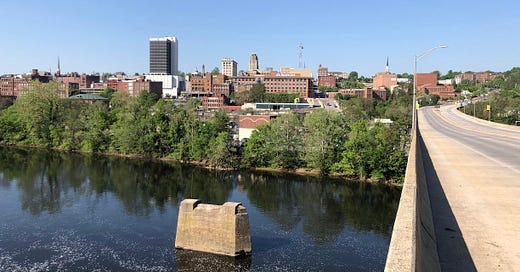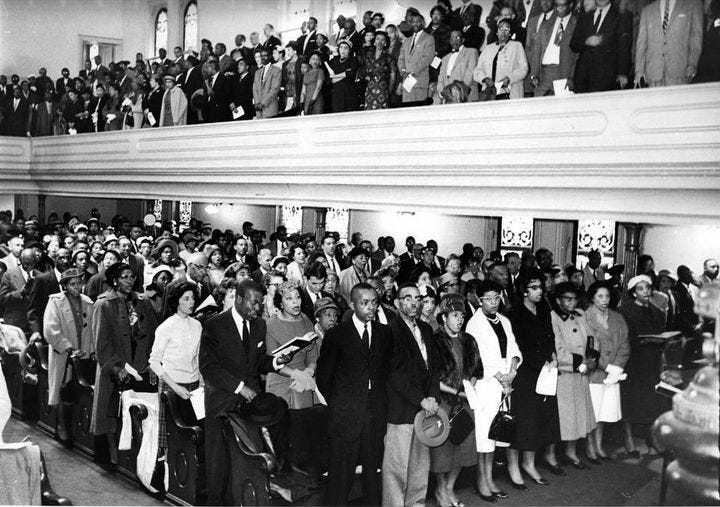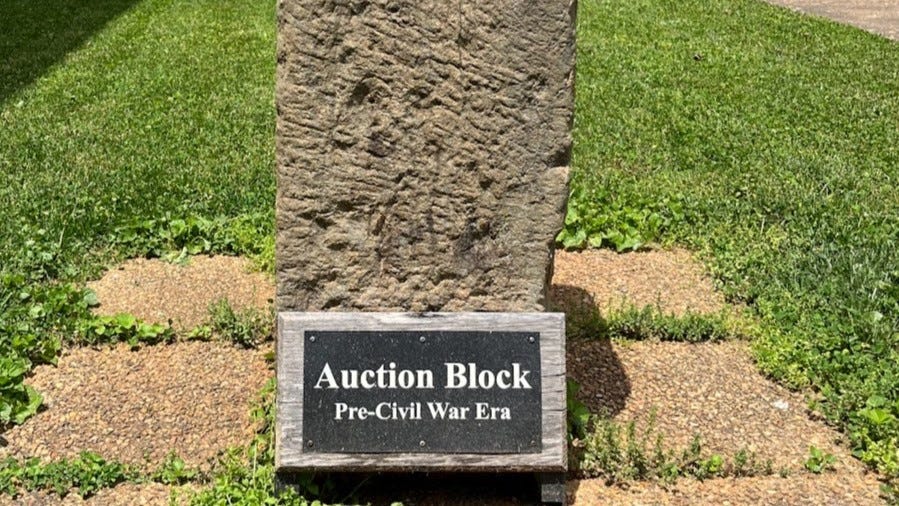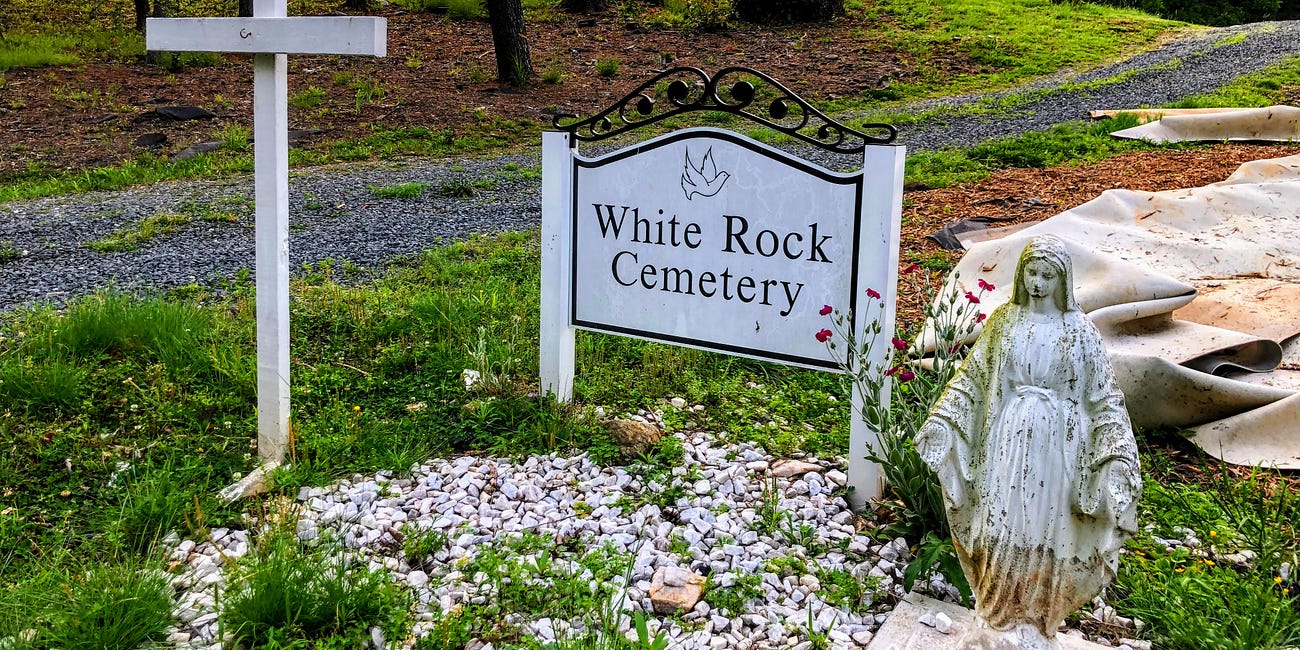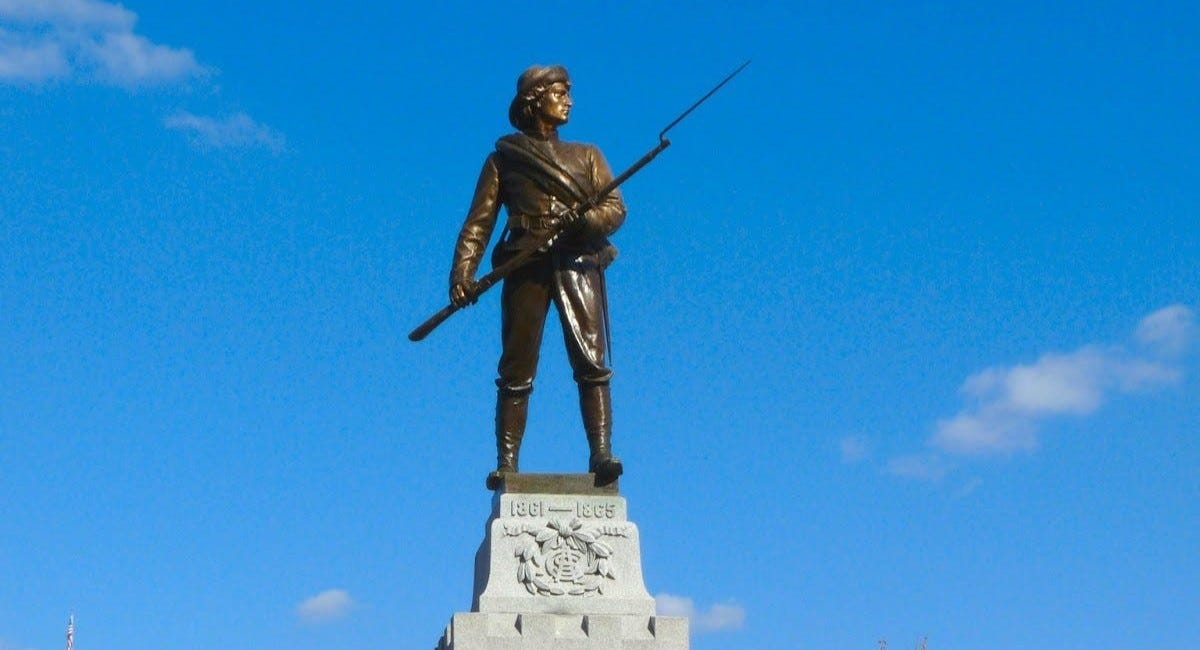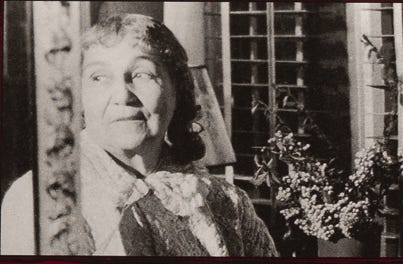A note: Bridge of Lament contributors and readers come from different backgrounds and faiths: Protestant, Catholic, and other religious and non-religious beliefs are all represented. We invite everyone into this space. I am writing today from my own Christian Protestant faith, but I welcome the contributions of others in this work who have similar desires toward love, equality, and justice.
For those of you who are catching up on last week, let’s start with Monday’s wrap-up of my three-part historical narrative on Court Street Baptist Church:
Day 6: Court Street Baptist, Part 3
Roll, Jordan, roll Roll, Jordan, roll My soul'll rise in heaven, Lord For the year when Jordan rolls Everybody sing! The importance of the Black church cannot be…
My three “Court Street Baptist” essays explain the emergence of Court Street from First Baptist—a product of the racial exclusion practiced by white churches in the 1800’s. I honor Court Street Baptist church in those pieces. The gorgeous yellow-, brown-, and green-hued stained glass of their windows set a reverent space of worship on a Sunday morning like today.
On the other end of the street, the beautiful, wood-vaulted sanctuary of First Baptist Church also ushers their congregants1 into worship today. The rose windows surrounding the pews evoke the diversified color of the holy Trinity. Not only five blocks, but also two hundred years of social context lie between these two historic churches, overlooked for the most part, but heart-hitting when you pause to pay attention. Recall Tom Gerdy telling us in Wednesday's piece that
“The key is to make sure you are paying attention, because you never know what you might learn or how you might be changed”:
Day 8: When The History of Slavery Hits You In The Heart
I am a building contractor in Central Virginia. During my fifty-plus years working in the construction industry, I have probably worked on close to a thousand projects. I have built, remodeled and renovated homes. My work includes new office buildings, new and renovated retail spaces, historic restorations, many restaurants, and three veterinarian clini…
What Martin Luther King, Jr. said in 1963 is still unfortunately true in 2024: 11 A.M. Sunday is our most segregated hour. But maybe we can begin seeing each other. In a New York Times opinion piece, Reverend Harrison Warren reflects,
“My hope for white people of faith across the political and ideological spectrum is that we’d pay attention to, be challenged by, and learn from the Black Church in America.”2
Let’s support the Black Church today by learning its history, recognizing its honor and dignity, and preserving its presence. Part of the introspection in this work may be to ask the question, what do we do to make amends for the harm caused by our forefathers, and what is the harm in our social structures that we may be perpetuating today?
When we entertain this moral responsibility to make amends, we follow in the path of Jesus. William Witt, Associate Professor of Systematic Theology and Ethics at Trinity School of Ministry says,
“The sovereign freedom of Jesus in relation to the social structures of his time meant that he inevitably clashed with these orders in a manner that displayed their ‘provisional and relative’ character.” Although Jesus was not “a reformer championing new [social] orders against the old ones, he “revealed the limit and frontier of these things - the freedom of the kingdom of God.” Witt concludes,” the freedom of God’s kingdom so transcends all of these orders as radically to call them into question, and this radical challenge to existing order is what eventually led to Jesus’ crucifixion as a religious and political subversive.”3
On Tuesday, we shared the words of poet Thomas Jefferson Anderson, who writes of his great-grandfather, and I am reminded of the way Jesus, too, was disregarded:
“What it must have been like
to walk those rows, pick those weeds
from some of the very people who may not
have seen you as a man”
This, Our Passing: White Rock and Old City Cemetery
Oh Great Grandfather, it is always here that I see you standing between long limbed trees and bright celestial sun, between the clouds of freedom that telegraph your dreams. Listen to the poem here, and read along below:
Christian scripture gives us a vision of heaven:
“After these things I looked, and behold a great multitude which no one could number, of all nations, tribes, peoples, and tongues, standing before the throne and before the Lamb, clothed with white robes, with palm branches in their hands, and crying out with a loud voice, saying, ‘Salvation belongs to our God who sits on the throne, and to the Lamb.’”
Here on earth, we are churches full of people struggling in life, but finding sustenance in God, who is for us. But we do not worship in a vacuum. Rather we inherit a legacy shaped by nation building, power, and greed that we must reconcile with. The acts of our fathers in separating us based on skin color, refusing to act against slavery, and bolstering the racial strata created by white supremacy was wrong.
On Thursday and Friday, Jeremiah Forshey challenged us to see this racial strata created by white supremacy in the placement of Lynchburg’s Confederate Statue:
Day 9: The History of Lynchburg's Confederate Monument
As I write this, it is the first Sunday after Easter, known in some Christian traditions as Divine Mercy Sunday. On this Sunday, Christians who follow the lectionary—around the world and across generations—read in the book of Acts about the early Christians being “of one heart and s…
Vestiges of this ethos dot our landscape and disciple us in directions that can lead away from love. This monument is literally on the same street, halfway between First Baptist Church and Court Street Baptist. I love Jeremiah’s quote in his second piece regarding the statue, “There is no reconciliation without repentance, and no one can repent something while celebrating it”:
Day 10: The Placement of Lynchburg's Confederate Monument
Yesterday, we examined our Confederate monument’s historical context. We saw that it was put up by a white crowd well aware that they’d just ousted the city’s Black councilmembers, and their representatives were already …
The fires of white supremacy forged resilient people in the Black Church. They have much to teach us in this work of repentance and repair, if we will listen to their story. Let’s embrace a God-given call to go to our brothers and sisters who were sent away in the past, whom society outcasted, ask them what work of repair is needed, and let them lead us toward Jesus. If we listen, the saints of heaven are crying out with Jesus, arm in arm, female and male, black and white, telling us, "We are with you in your hour!" And when all things are made new, we will sing together.
The work will be hard. The work will be slow. But as Rebecca Martin reminded us yesterday, “Sometimes our hope feels flightless. Sometimes it feels like all we do is sing a small song in this life. And maybe that’s true. But Anne Spencer kept singing”:
Day 11: The Work Is Worth It
You’ve had a hard time bringing it to me from the ground In our 2023 bridge crossing, we talked about Lynchburg poet Anne Spencer’s contribution to the Beloved Community that is our city. Read that essay here. This year, we look at three of her poems and what they say about this work of truth-telling, justice, and love: “Sometimes our hope feels flightless…
Tomorrow, we turn our attention to July 4th week:
We will appreciate enslaved African contributions to the foods we eat today.
We will celebrate Reverend Bev Cosby, who integrated a Lynchburg swimming pool and paved the way for the city to follow.
We will partake in a joyful piece from Dr. Anika Prather leading us in celebration of what her family calls “Liberation Season”—the weeks that form a connection between Juneteenth and Independence Day.
. . . And we will celebrate the Fourth of July.
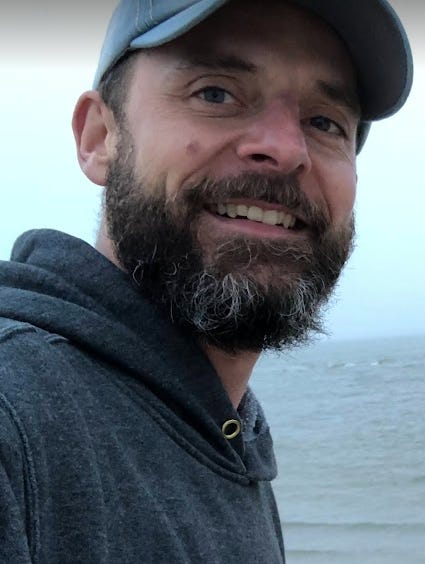
First Baptist is closed now, but another church, Church of the Good Shepherd, (Anglican), now worships there and cares for the building. My family are members of this church.
https://www.nytimes.com/2023/02/05/opinion/fred-shuttlesworth-black-christianity.html
William Witt, Icons of Christ. Baylor University Press (2021), p. 82.

